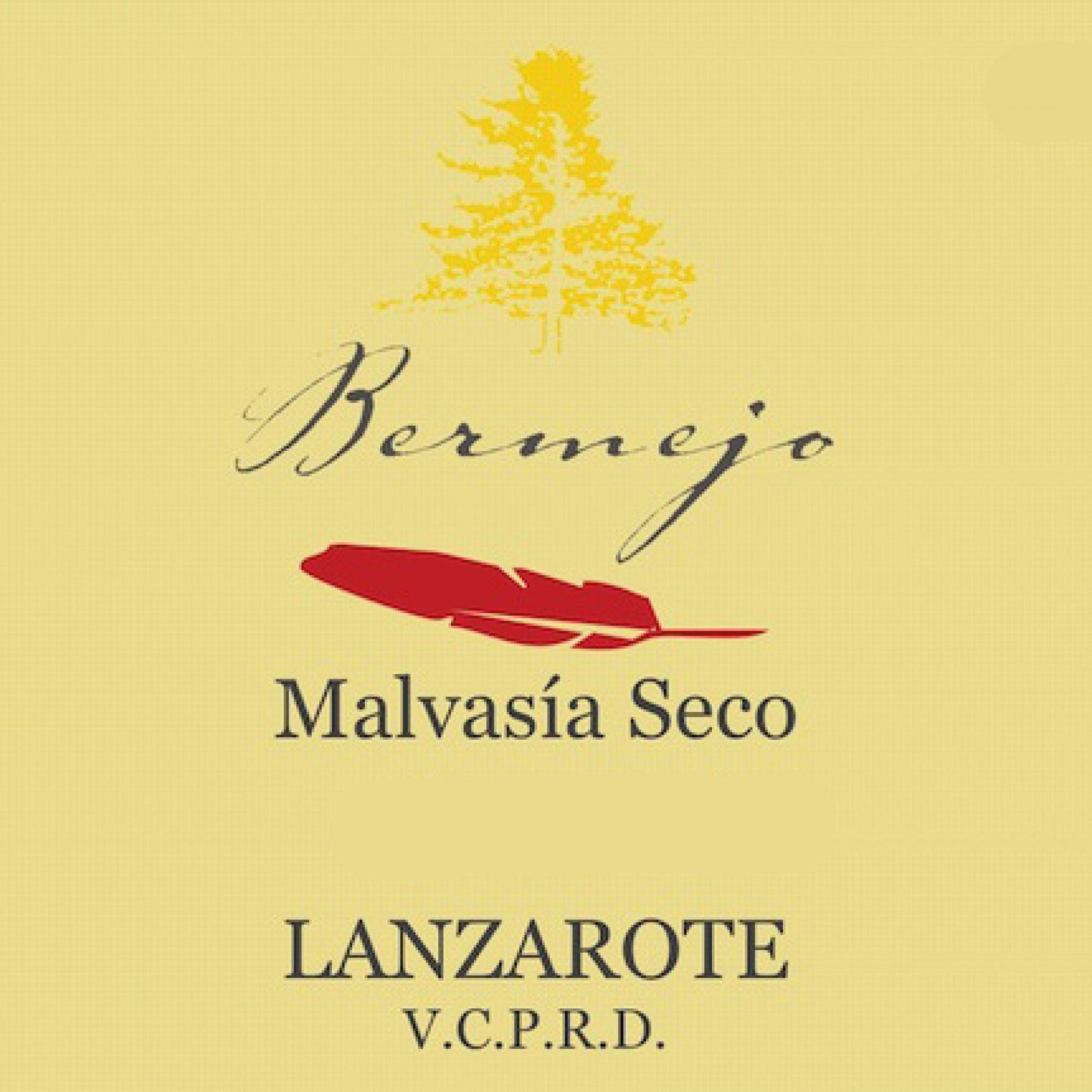1
/
of
1
Bodegas los Bermejos Lanzarote Malvasía Volcanica Seco - 2022 (750ml)
Bodegas los Bermejos Lanzarote Malvasía Volcanica Seco - 2022 (750ml)
Regular price
$32.99
Sale price
$32.99
Regular price
$34.99
Unit price
/
per
Tasting Notes:
Attractive greenish yellow color and great aromatic complexity. Very fruity at the beginning, with hints of lemon and mango that gives way to subtle floral aromas. With a smooth and glyceric mid palate between hints of lemon, dry grass and peach skin, it reaches a long and very varietal finish.
Food Pairings:
Fish and seafood (shellfish) rice dishes, green salads, fried or battered white fish.
Winemaker's Notes
Winemaker's Notes
Share :

- varietal
- Region
- Sub - Region
- Type
- Reviews
Malvasia Bianca (White Malvasia) is a dominant member of the Malvasia family of grapes. It has been likened to Muscat Blanc à Petits Grains. Both varieties are the principal members of their extended clan, produced in a wide array of wine styles and both have distinctive grapey aromas. Malvasia Bianca is used to produce dry, sweet, sparkling and specialty wines. There are numerous regional synonyms for Malvasia Bianca, reflecting the range of environments in which it is grown, such as California's Central Coast to the hillside vineyards of the Balkans. However, it is not yet grown to any commercial extent in the Southern Hemisphere. Malvasia Bianca vines are of medium to high productivity and produce yellow-brown grapes with low to medium acidity. When vinified dry, the resulting wine can be very clean and crisp. However yields must be restricted to retain flavor concentration. Made in sweeter, or off dry styles, Malvasia Bianca shows ripe pear flavors backed by honey notes and a touch of spice. In Sicily, Sardinia and the Aeolian Islands, Malvasia Bianca is commonly produced in the semi dried passito style. This is an involved procedure that intensifies the flavors of the grapes and changes the wine's color to more amber and golden tones. In Chianti, Malvasia Bianca is blended with Trebbiano to produce Vin Santo. Malvasia Bianca is also grown in Croatia, Slovenia, Portugal, Spain and the USA.
The Canary Islands (or Las Canarias) archipelago is an autonomous community of Spain in the North Atlantic Ocean, located 70 miles (110km) off the west coast of Morocco. The wine trade here is far from famous – little local wine makes it out of the Canaries at all – but there is a long and reasonably idiosyncratic winemaking tradition in the region. The dramatic, lofty Canary Islands sit at a latitude of roughly 28°N – making them the most tropical of Europe's wine regions. It is thanks to this position, once criss-crossed by naval trade routes, that the local wine industry first flourished – not long after the islands came under Spanish control in the early 15th Century. The region's famed sweet Malmsey wine, made from the Malvasia grape, was hugely popular with the English, Dutch and Germans, but its popularity didn't last. Today, very little of the local wine is exported, due to strong local demand and a thriving tourism industry. Ten areas were officially granted DO status in the 1990s and early 2000s. The Canary Islands are perhaps best known for their otherworldly landscapes and warm temperatures that draw millions of tourists every year. Spectacular razor-sharp cliffs, golden sand dunes, seemingly endless coastline and the lunar-like volcanic terrain of Lanzarote are far better known than the region's wines.
Lanzarote is the easternmost DO within the Spanish Canary Islands. The designation covers the whole of the volcanic island, a popular tourist destination thanks to its spectacular lunar landscape. Malvasia reigns supreme on Lanzarote, accounting for 75 percent of vineyard plantings. It produces a variety of wines, the most famous of which is a lusciously sweet style historically known as 'Malmsey', which is rich in texture and almost like a well-aged Madeira. Moscatel and Pedro Ximénez also produce quality sweet wines here. Light, young (joven) white, rosé and red wines are made, from grape varieties such as Burrablanca (Airén), Breval (Verdelho) and Listan Blanco (Palomino) for whites and Listán Negro and Tinta Negra Mole for reds and rosés. The local Consejo Regulador wine authority also allows some sparkling whites and barrel-fermented reds to be made.
White wine is a wine whose color can be pale-yellow, yellow-green, and yellow-gold colored. The wine is produced from a variety of grape varieties. The flavor and color comes from the juice of the grape and sometimes the skin of the grape as well. Interestingly, not all white wine comes from white grapes. Some select red grapes are used as in Champagne.


